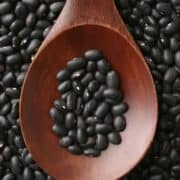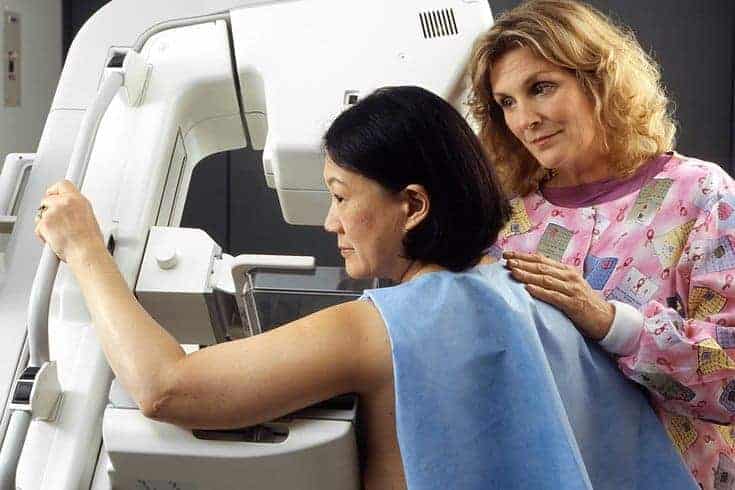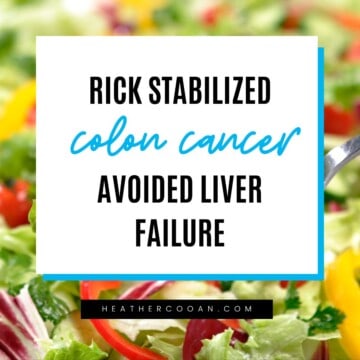
Photo by Niklas Hamann on Unsplash
Abnormal mammogram? It's not as scary as you may think!
Mammograms are one of the most commonly performed screening tests. According to the Centers for Disease Control and Prevention, 2015 statistics indicate that about 65% of women over the age of 45 have had a mammogram within the last two years.
A mammogram is considered the standard protocol for detecting breast cancer, but it is not foolproof. There are instances when a mammogram does not detect cancer although it is present. The opposite can also occur and a false positive is produced, which means it is considered “abnormal,” but the abnormality is not cancerous.
Why Do I Have an Abnormal Mammogram?
It’s the call no woman wants to get. Receiving a phone call that your routine mammogram is abnormal can lead to fear. But getting called back is very common.
Depending on the source, call back statistics after a screening mammogram range from 6-16%. Fortunately, most women called back for additional testing do not have breast cancer or anything of concern. According to the American Cancer Society, fewer than one in ten women called back for more tests have breast cancer.
Your mammogram may be considered abnormal, and you may need additional testing due to the following:
Inconclusive R
Benign Abnormality: The radiologist may find something that appears abnormal, such as a cyst or an area that looks different from other parts of the breast or a previous mammogram. But to be sure cancer is not present, more testing is needed.
Suspicious Finding: There are also instances when a finding on a mammogram appears suspicious and has the features that may indicate it is cancerous. A screening mammogram cannot diagnose cancer. It can only find something that appears abnormal, so further testing is needed.
Certain factors may also increase your risk of being called back after your mammogram. For instance, if it’s your first mammogram, there is nothing for the radiologists to compare the images with. Women with dense breasts may also be called back more frequently since it is harder to see masses. It's estimated that over half of women over the age of 45 have dense breasts.
What Happens if a Mammogram is Abnormal?
If you are called back after a screening mammogram, it means the radiologist needs further tests to determine if there is an abnormality that requires intervention. Simply put, the doctor needs additional images to get an idea of what is going on. Depending on the results of the screening mammogram and your history, the doctor may recommend a diagnostic mammogram, ultrasound, or biopsy.
In some cases, the doctor will start with a diagnostic mammogram. If the results still indicate further testing, ultrasound may be the next step followed by a biopsy if needed. In other cases, the radiologist may go right to ultrasound or biopsy. Below is information about each procedure.
Diagnostic M
Ultrasound: A breast ultrasound uses soundwaves to create images of the breasts. It is often helpful in differentiating between solid masses and fluid-filled cysts. It does not use radiation and does not involve compression of the breasts the way a mammogram does.
Biopsy: If a mass is found, a biopsy is needed to determine if cancer cells are present. There are three main types of breast biopsies including a fine needle, core biopsy, and surgical. A fine needle biopsy involves inserting a needle that is attached to a syringe to remove fluid from a mass.
A core biopsy involves using a slightly larger needle to remove tissue from the breast. In many instances, a core biopsy is guided by an ultrasound. Both a fine needle and core biopsy are often done at an imaging center or doctor’s office.
A surgical biopsy is a more invasive procedure. It is usually done under sedation in an operating room. Part or all of the mass is removed through an incision in the skin.
If you had any of the above tests, now comes the nerve-wracking part; waiting for the results. The amount of time it takes to get the results may depend on which test you had and the timeframes of individual imaging centers. Before you leave, it is helpful to ask when you should expect results. In most cases, results are available anywhere from a couple of days to a week.
While you wait, it’s easy to start thinking the worse and Googling everything about breast cancer. But try not to panic and think the worse. Remember, most women that need additional testing after a screening mammogram do not have cancer. The odds are in your favor.
The Importance of Breast Cancer Screenings
Breast cancer screening tests play an essential role in
Although mammograms are one of the most frequently used screening tests, they are not completely risk-free and may not be right for everyone. Mammograms do expose women to
Also, there is a possibility that if a tumor is present, the compression from the mammogram may lead to dissemination or spread of the cancer cells. Research published in the Journal of the National Cancer Institute stated that manipulation associated with compression from a mammogram may lead to rupture of a mass. According to the journal, the force used during a mammogram is between 7 and 45 pounds, which is substantial. The vascularity of the breast may increase the opportunity for cancer cells to disseminate during compression.
This doesn’t mean women should skip annual screening. There are mammogram alternatives including Thermography. However, women need to be well-informed on the risks of a mammogram and the options for breast cancer screening in order to make the most informed and appropriate decision for themselves.
References:
American Cancer Society. (2017) Getting called back after a mammogram. https://www.cancer.org/cancer/breast-cancer/screening-tests-and-early-detection/mammograms/getting-called-back-after-a-mammogram.html
American Cancer Society. (2017) Limitation of mammograms. https://www.cancer.org/cancer/breast-cancer/screening-tests-and-early-detection/mammograms/limitations-of-mammograms.html
Centers for Disease Control and Prevention, (2017) Mammogram. https://www.cdc.gov/nchs/fastats/mammography.htm
Løberg, M., Lousdal, M. L., Bretthauer, M., & Kalager, M. (2015). Benefits and harms of mammography screening. Breast Cancer Research, 17(1), 63. https://breast-cancer-research.biomedcentral.com/articles/10.1186/s13058-015-0525-z
Van Netten, J. P., Cann, S. A., & Hall, J. G. (1997). Mammography controversies: time for informed consent? Journal of the National Cancer Institute, 89(15), 1164. https://academic.oup.com/jnci/article/89/15/1164/2526360
Dr. Axe, (2019) Thermography: Breast Cancer Detection + Better Risk Assessment. https://draxe.com/thermography/




















Comments
No Comments